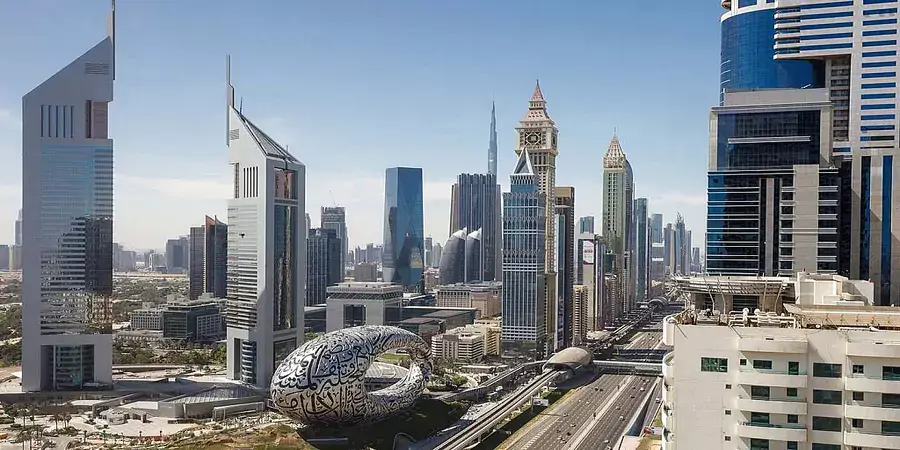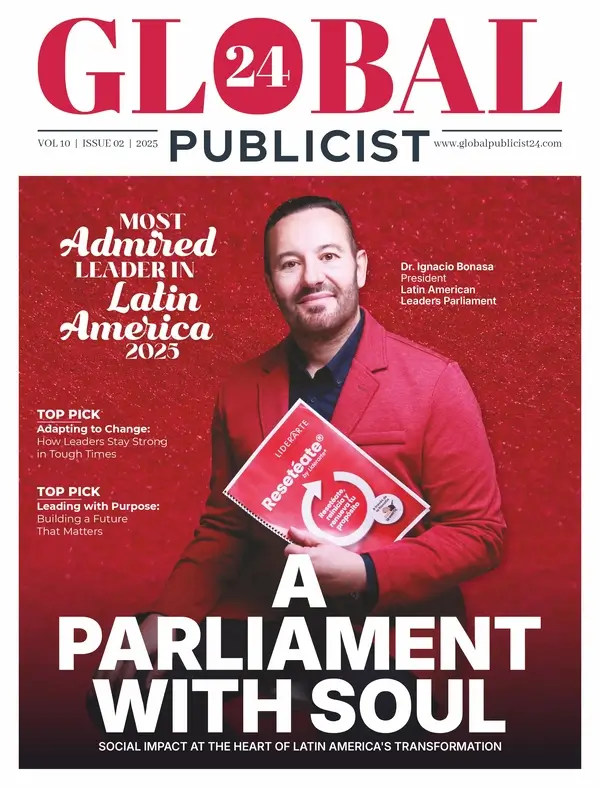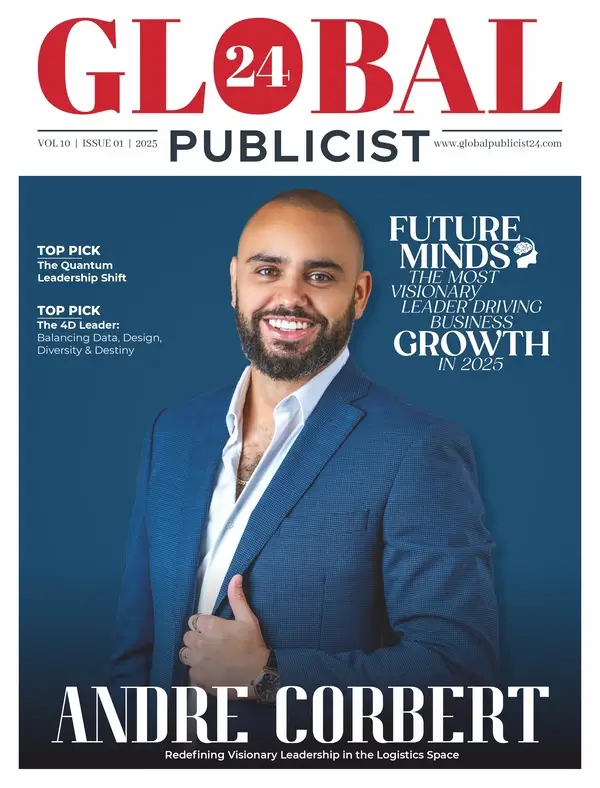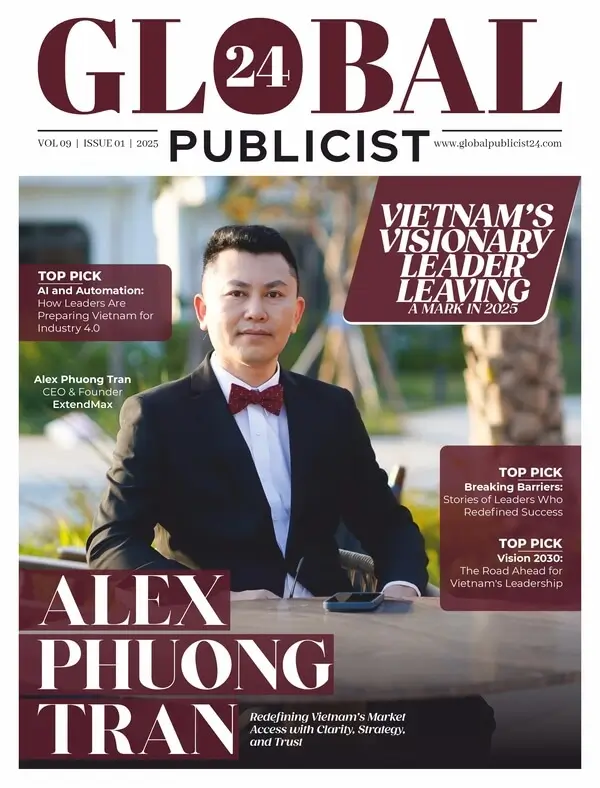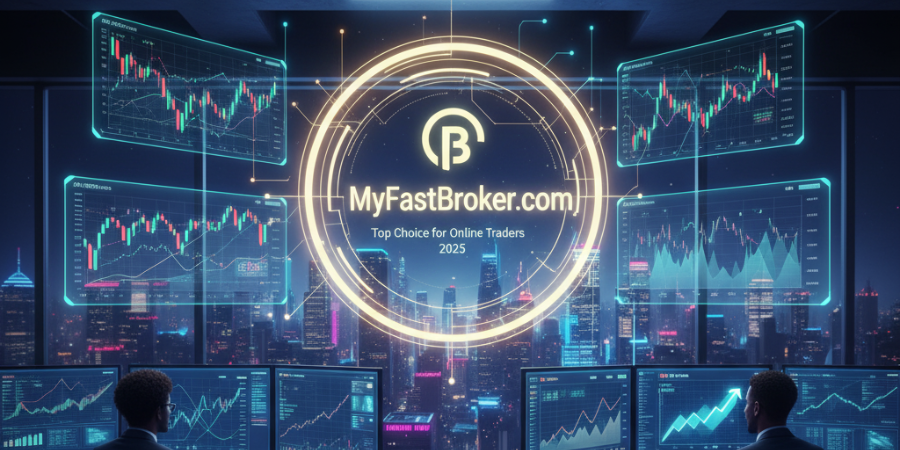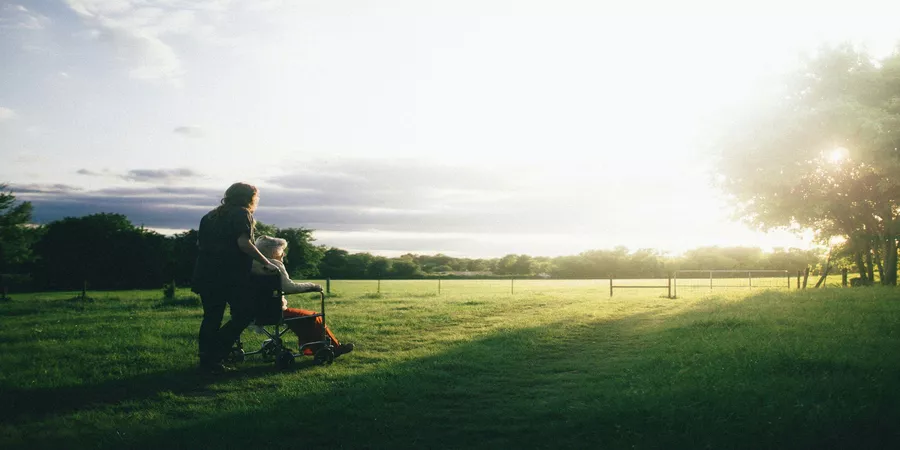Nothing says future wealth like a skyline under construction—and Saudi Arabia’s is packed with cranes. This desert powerhouse is reinventing itself as the place to be for investors. With Vision 2030 clearing the path and mega-projects shooting up like skyscrapers, now is the moment to make a play in one of the world’s most lucrative real estate frontiers. For those scanning the map for the smartest assets, start here: investment properties in Saudi Arabia.
A Market on Overdrive
Saudi Arabia isn’t just growing—it’s on fire. With a real estate market currently valued near $75 billion and expected to break $109 billion by 2030, momentum is building fast. A young population, a government investing billions, and cityscapes expanding by the hour—this is no slow burn. It’s an explosion.
Major metros like Riyadh and Jeddah are seeing a rush of demand from locals, expats, and multinationals. A target of 100 million tourists a year by 2030? That’s more foot traffic than most countries dream of. And that means beds, shops, office towers, and leisure hubs—each one a money-maker in the making.
Add to that a booming population with 36 million residents and growing. The average age is around 30—young, ambitious, and in need of modern housing, workspaces, and entertainment options. The energy is palpable, and it’s pushing the demand curve sky-high.
Where the Smart Money Goes
1. Residential Goldmines
Forget sleepy suburbs. Riyadh’s residential zones like Al-Rimal and Al-Narjis are sprinting toward modern luxury, with double-digit appreciation to match. Prices popped over 10% in H1 2024. And with government-backed mortgage programs revving up, demand isn’t just stable—it’s accelerating.
New residential developments in Jeddah and Dammam are also coming online, offering everything from affordable starter units to opulent villas. Developers are racing to meet surging demand, while investors are snapping up off-plan units for short-term flips or long-term rental yields.
2. Commercial Surge
Business is booming. With the commercial market set to double by 2030, developments like King Abdullah Financial District are becoming magnets for blue-chip firms. Office towers aren’t just buildings—they’re vertical banks for savvy investors.
Retail real estate is also catching wind. Shopping malls and mixed-use centers in secondary cities are drawing local crowds and regional tenants. The shift toward “work-live-play” environments is redefining what makes a location investable.
3. The Tourism Takeoff
Saudi Arabia is betting big on five-star tourism—and winning. The Red Sea Project, AMAALA, and Diriyah Gate are reeling in luxury travelers with deep pockets. Each one is a future case study in how to flip sand into gold.
Hotel-branded residences and vacation villas are now emerging as the go-to assets for investors focused on high-yield seasonal rentals. Properties along the coastline and in heritage-rich areas are being snapped up for hospitality-focused redevelopment.
4. Industrial & Logistics: The Quiet Giant
While others chase the obvious, logistics is laying down solid returns. Warehouses, fulfillment centers, and last-mile hubs are booming thanks to the National Industrial Development and Logistics Program. It’s not flashy—but the money is real.
Investors with foresight are pouring capital into infrastructure-rich corridors like Sudair and King Salman Park. The ROI is driven not by aesthetics, but by necessity and scale.
Rental Yields That Pop
Average rental returns aren’t just solid—they’re show-stoppers:
| City | Average Gross Rental Yield |
| Riyadh | 8.9% |
| Jeddah | 8.0% |
| Dammam | 4.36% |
Compare those numbers to other Gulf states, and Saudi Arabia jumps off the page. High demand, low vacancy, and steady tenant flow make these returns hard to beat.
Even short-term rental platforms are gaining traction, especially in cities with rising tourist numbers. Landlords are reporting consistent occupancy and quicker payback periods.
Red Tape, Cut and Tossed
Investors used to flinch at Saudi bureaucracy. Not anymore. Recent reforms cut the fat and sped up approvals. Highlights include:
- 100% Foreign Ownership in economic zones
- 5% Real Estate Transaction Tax, down from 15%
- Digital Registries and e-signature capabilities
- Investor Visas granting long-term residency for real estate backers
- Everything is smoother, faster, and more transparent. No hand-holding required.
On top of that, the legal infrastructure is being modernized. Arbitration centers are being introduced to resolve disputes efficiently, and title insurance is now more widely available.
Giga-Projects: Where Fantasy Meets Fortune
These mega-developments aren’t marketing hype—they’re concrete (and steel) realities:
- NEOM: Half a trillion dollars aimed at building the world’s most futuristic city. Think renewable energy, vertical gardens, and no cars.
- Qiddiya: Sports and entertainment go supersized. Amusement parks, racetracks, and performance venues all packed into one massive complex.
- The Red Sea Project: Picture 90+ untouched islands transformed into ultra-luxury eco-resorts. Pure asset appreciation.
- Diriyah Gate: A UNESCO site reimagined with luxury hotels, upscale residences, and cultural centers.
And that’s just the beginning. Upcoming zones like AlUla and the Eastern Waterfront in Dammam promise even more value and visibility for early-stage investors.
Who’s Buying In?
Institutional players, high-net-worth individuals, and cross-border REITs are all angling for a piece. International demand is strongest from the UAE, China, and Europe, with more family offices and funds scouting off-plan gems.
Platforms like Middle-East.Realestate have cracked open the door, giving investors real-time listings, insights, and deal flow that used to be locked away.
Saudis themselves are investing, too—especially younger professionals. Many are opting for their second or third property, aiming to build rental income and hedge against inflation.
Tech + Green = Value Boosters
Modern buyers want more than four walls—they want smart systems and green credentials. And developers are delivering:
- Smart Homes with voice automation and energy management
- LEED Certifications gaining traction across commercial sites
- Blockchain Land Registries making transactions faster and safer
Also entering the conversation: ESG compliance. Sustainable materials, energy-efficient HVAC systems, and solar-ready rooftops are becoming standard specs.
Pros & Cons—No Spin
Pros:
- Prime rental yields
- Government subsidies and reform tailwinds
- Entry into a rising market
- Access to giga-projects before they go mainstream
- Global investor interest creating future exit value
Cons:
- Still developing legal and regulatory infrastructure
- Shifting policies require tight monitoring
- Cultural nuances can create friction for newcomers
- Rapid urban expansion can lead to localized oversupply
Final Word: Strike Now or Watch Others Win
Real estate in the Middle East is booming—but Saudi Arabia isn’t just another hot spot. It’s the heavyweight contender, armed with funding, ambition, and results. For those ready to diversify portfolios and ride a growth curve this steep, the Kingdom offers unmatched potential.
The early adopters are already buying. The rest will be watching headlines—and missed returns—roll in. Don’t be in the second group.

